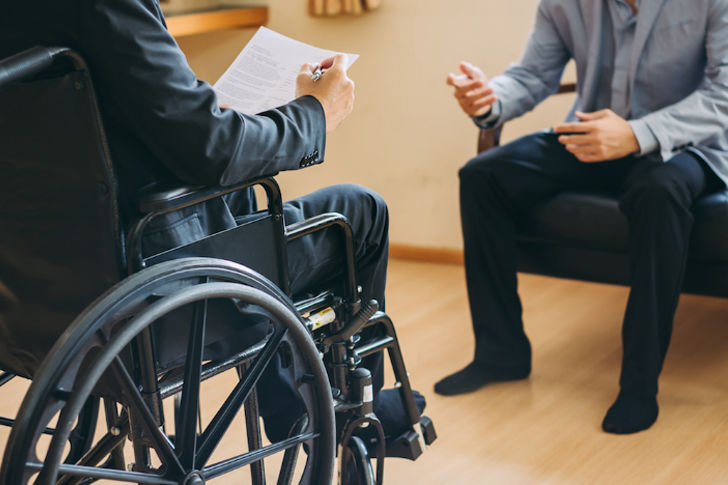Assistance Program Available for Veterans with Disabilities
For many veterans, the transition back to civilian life is filled with challenges, particularly for those who have sustained disabilities during their military service. Navigation through the complex web of available assistance programs can be overwhelming. However, comprehensive support structures are in place to ensure that veterans with disabilities receive the help they need to thrive post-service. This article dives into the various assistance programs tailored specifically for veterans with disabilities, shedding light on eligibility criteria, application processes, and the real-life impact of these initiatives.

Understanding the Scope of Disability Among Veterans
The United States Department of Veterans Affairs (VA) reports that as of 2021, over 4 million veterans receive disability compensation for service-related disabilities. Disabilities among veterans vary widely in severity and impact, ranging from mobility impairments, sensory losses, mental health conditions, to more invisible wounds such as post-traumatic stress disorder (PTSD) and traumatic brain injuries (TBI). The assistance provided seeks to accommodate the broad spectrum of needs arising from these diverse conditions.
Key Assistance Programs for Veterans with Disabilities
Several programs have been specifically designed to aid veterans facing disabilities. Here’s an overview of some of the most pivotal:
Vocational Rehabilitation and Employment (VR&E) Program: Also known as Chapter 31, this program aims to help veterans with service-connected disabilities prepare for, find, and maintain suitable jobs. For those unable to work due to the severity of their disability, VR&E offers services to improve their ability to live as independently as possible. Services include job training, resume development, and coaching.
Disability Compensation: Veterans who have disabilities that are service-connected may be eligible for monthly tax-free payments. The amount is based on the degree of disability, which is assessed in percentages incrementing from 10% to 100% disabled.
Specially Adapted Housing (SAH) Grants: For veterans with severe mobility impairments, the VA provides grants to help construct or modify homes to improve accessibility. This can include modifications such as wheelchair ramps, wider doorways, or even specialized adaptations that accommodate specific disabilities.
Independent Living Services: For veterans who cannot work due to their disabilities, this program provides opportunities to lead more independent lives. Benefits might include assistance with day-to-day activities, access to community resources, and technologies adapted for specific disabilities.
Eligibility and Application Process
Eligibility for each assistance program varies, generally focusing on service connection of the disability, discharge status, and often the severity of the disability itself. For example, to qualify for VR&E benefits, a veteran must not have been dishonorably discharged and must have a service-connected disability rating of at least 10%.
Applying for these programs typically starts with submitting the necessary documentation to the VA, usually including service records, medical evaluations, and proof of the need for assistance. The VA then processes these applications, which can include evaluations by medical professionals appointed by the agency or through partnerships with private practitioners.
Challenges in Accessing Assistance
Despite the availability of these programs, many veterans encounter hurdles. The primary challenge is often simply accessing accurate information. The vast array of programs, each with its own set of regulations and requirements, can be daunting. Furthermore, the bureaucratic process can be slow, and securing appointments or getting evaluations done in a timely manner can be frustrating.
Organizations and advocates continue to push for a more streamlined process that reduces administrative overhead and improves the speed and quality of service delivery to our nation’s veterans.
Closing Thoughts
The brave individuals who serve in the military and come home with life-altering disabilities deserve the highest standard of support and care. The range of veteran assistance programs is designed to acknowledge the unique challenges faced by disabled veterans. While navigating these programs can be complex, the potential benefits are substantial — providing not just financial but also functional support, assisting veterans to reintegrate into civilian life with dignity and independence. Advocates, legal advisors, and veteran service organizations play an important role in guiding veterans through these processes and fighting for continual improvement in how these services are delivered.
Each program, ideally, is a step toward honoring the sacrifices made by our veterans, aiding in their transition, and ensuring they receive the respect and support they have undoubtedly earned.







Recent Comments